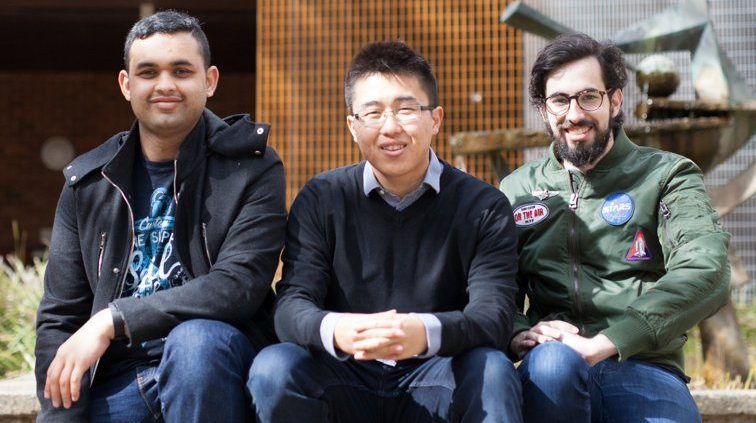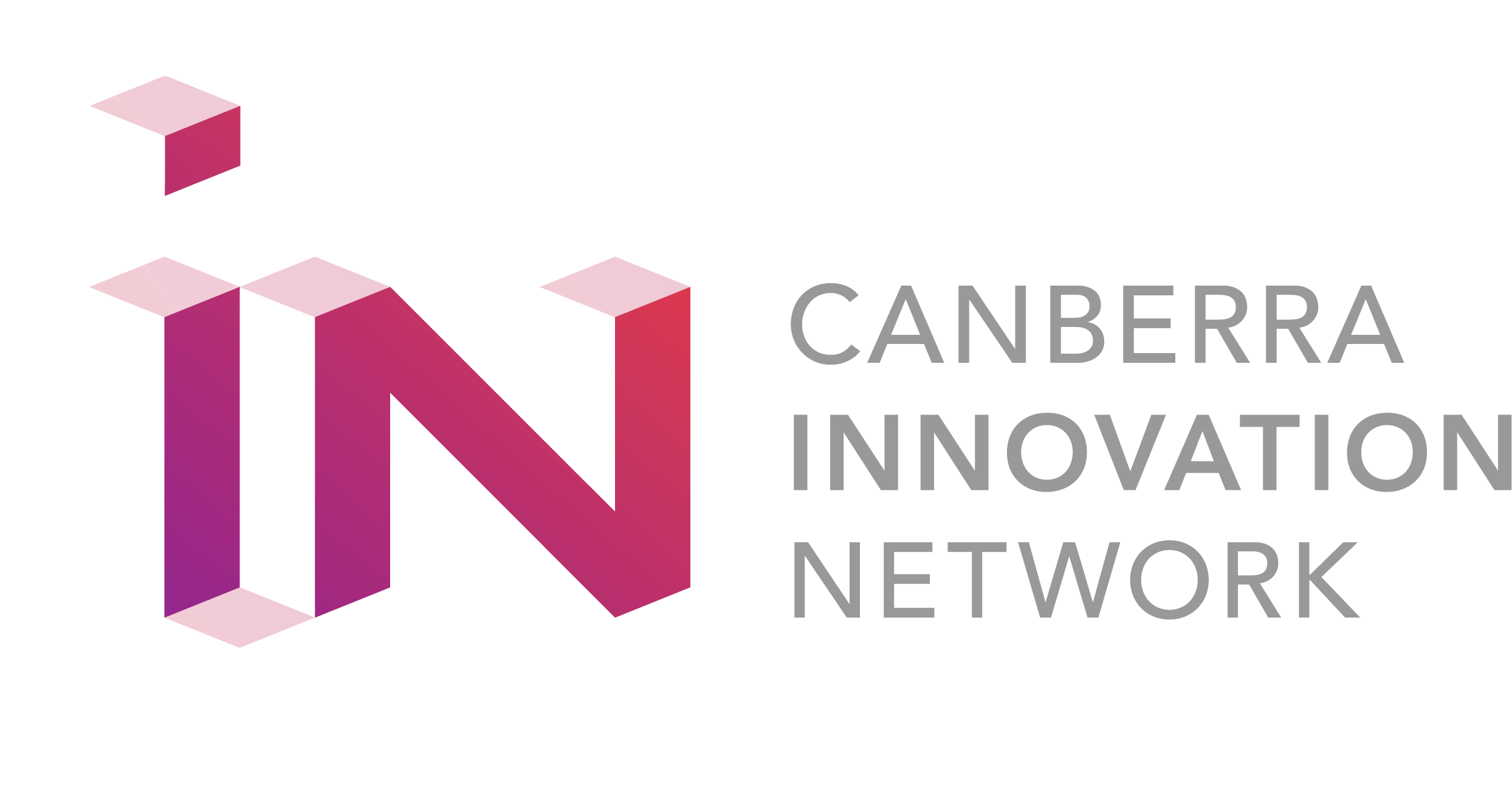
Pixelated Induction has been named one of six truly extraordinary young Australians by news.com.au and Ford, who have teamed up to celebrate the creative minds powering Australia.
Pixelated Induction transforms entire surfaces into wireless charging stations, meaning the days of dead batteries are over! The team of engineers, Avinash Upadhya, Thomas McMenamin and James Liu met while studying at the Australian National University and in 2016, received funding from InnovationACT (IACT) which helped transformed their prototype into a easily manufactured product.
The 6 young Aussies who are taking Australia into the future are;
- Samantha Hood, PhD Student, University of Queensland
- Melanie Perkins, CEO and Co-founder, Canva
- Avinash Upadhya, Thomas McMenamin and James Liu, Engineers, Pixelated Induction
- Dr Emma Beckett, Molecular Nutritionist, School of Medicine and Public Health University of Newcastle
- Dr Sophie Calabretto, Fluid Mechanist and Lecturer, Macquarie University
- Shanti Korporaal and Skeeve Stevens, Chip My Life
We sat down with the team to find out more about their success:
Tell us about the team?
The Pixelated Induction team is made up of three co founders – Avinash Upadhya, Thomas McMenamin and James Liu. The team first met as engineering students at ANU, and started working together on Pixelated Induction at the start of 2017. Since then, they’ve been riding highs and lows along the very steep learning curve of starting a hardware tech startup!
Both Avinash and Tom are currently undertaking their PhDs while James is completing is undergraduate studies, with technical specialisations ranging across optical physics, electronics, biomedical and materials engineering.
How did you initially come up with the idea/product?
The idea for our large-area wireless charging solution first came into existence when we noticed many of our fellow students at uni were struggling to keep their phones charged throughout the day. This was exacerbated by the low availability of power points as well as the fact that many people often leave their phone chargers at home, whether through forgetfulness or simply because it is too much of a hassle to carry them throughout the day (especially with laptops and laptop chargers already in tow).
We realised that wireless charging could eliminate the need for charging cables but then came upon the problem of availability – existing wireless chargers are often expensive and only work for single devices, making them less than ideal for large areas like libraries and offices. With this in mind, we set about designing our large-area wireless charger, with the aim of making wireless charging effortless across areas of any size!
Why is innovation important to you?
Innovation is important to us because we believe that the ability to practice innovation is essential to make an impact in whatever you choose to do. Furthermore, technology is now causing industries to change at a rate that requires both people and organisations to adapt at unprecedented speed. And we believe the ability to innovate and understand how innovation unfolds will be critical in navigating this ever-changing landscape.
What makes Canberra a good place for innovation?
Canberra’s greatest strength as a place for innovation comes in its connectivity, which makes it easier to connect with people throughout the ecosystem – whether it be investors or fellow start-ups at different stages of their own respective journeys. This gives it great potential as a place to engage in peer-to-peer learning in the context of start-ups. Furthermore, Canberra is also the heart of government and a hub for scientific research excellence. This makes it a fantastic place to learn about upcoming government initiatives, as well as a great place to collaborate with researchers working at the cutting edge of their fields.
What are your goals for Pixelated Induction.
Our biggest goal for the near future is launching our product on Kickstarter in early-2018!
In addition to this, we are also building relationships with businesses to install our devices on their premises, as well as talking to OEMs to see if they want to embed our technology in their hardware.
And in the long term, we want to ensure that everyone has access to the benefits of large-area wireless charging!
To read the full article, visit news.com.au

